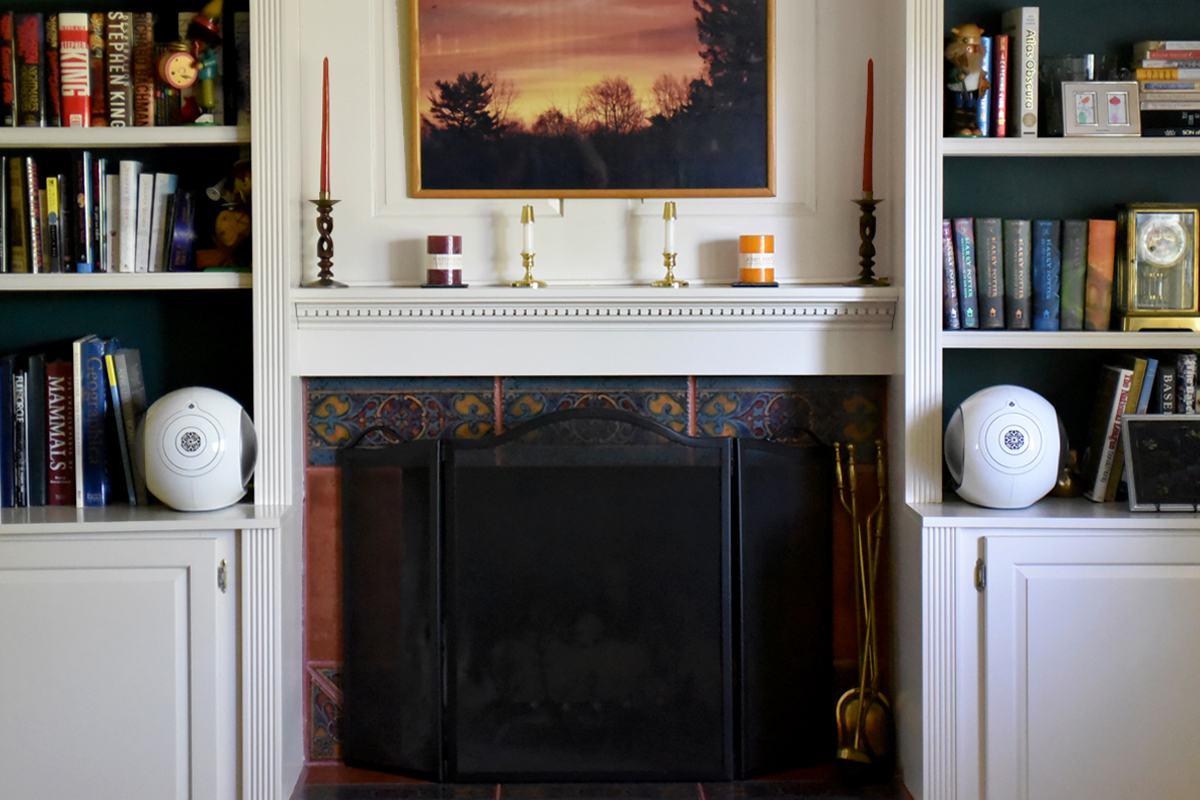
- Written by: Kurt Wetzel
I never wanted to purchase new speakers. I never wanted to go digital. It all happened by accident.
Read more: Evolving Hi-Fi: My Journey with a Fleet of Devialet Silver Phantoms

- Written by: Gordon Brockhouse
The greatest audio show on earth is back. After a two-year, pandemic-induced hiatus, the 2022 Munich High End show took place from May 19 to 22. The SoundStage! Network sent a four-person editorial team to Bavaria: founder and publisher Doug Schneider; editor-in-chief Jeff Fritz; Edward Kramer, editor of SoundStage! Australia; and Jonathan Gorse, a UK-based contributor to SoundStage! Ultra. Together, they filed 18 dispatches from Munich, which you can find on SoundStage! Global.
Read more: Simplifi'd Hi-Fi at Munich High End–and Elsewhere
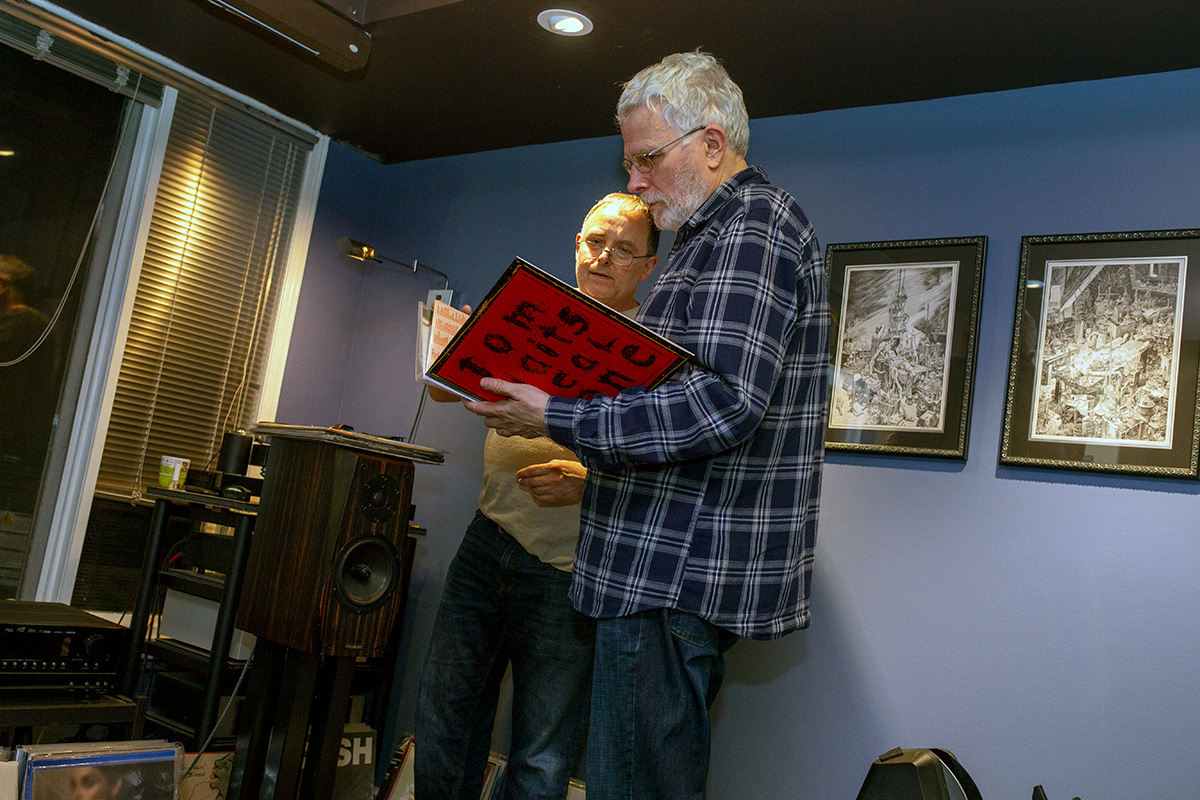
- Written by: Gordon Brockhouse
When it comes to consuming music, you can split the SoundStage! team into a few broad categories: those who are big into physical media, those who have fully embraced streaming, those who rely on downloaded and ripped music, and those with feet in all these camps.
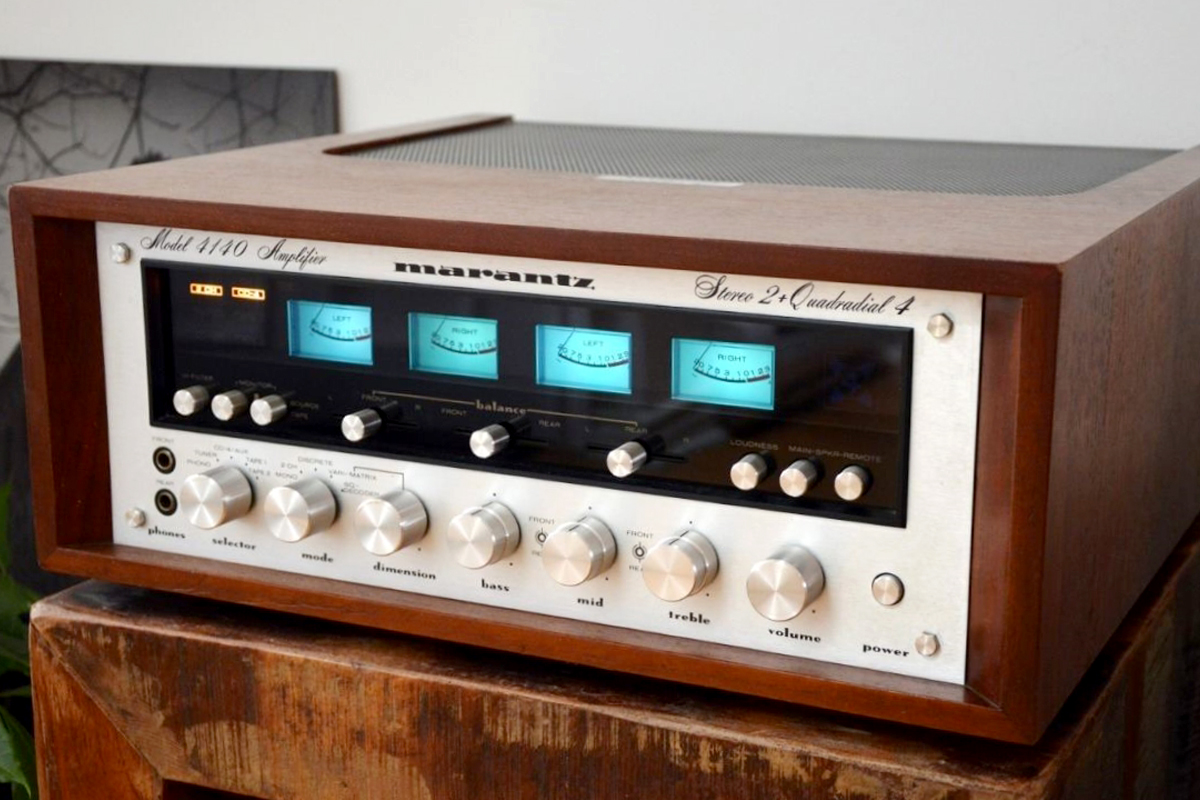
- Written by: Gordon Brockhouse
Across the SoundStage! Network, you’ll find coverage of all kinds of audio products: high-end gear on SoundStage! Ultra, affordable components on SoundStage! Access, headphones and accessories on SoundStage! Solo, lifestyle audio here on SoundStage! Simplifi, portable Bluetooth speakers on SoundStage! Xperience, news and events on SoundStage! Global, and all manner of gear on the mothership—SoundStage! Hi-Fi.

- Written by: Gordon Brockhouse
One of the occupational hazards of writing for an audiophile website is a condition photography enthusiasts call GAS—Gear Acquisition Syndrome. After hearing about a new lens (or amplifier), you decide you really, really need this new toy, even though the gear you already own is more than adequate for your needs. During my adult life, I’ve experienced GAS hundreds—maybe thousands—of times, and succumbed to it more often than I care to admit.
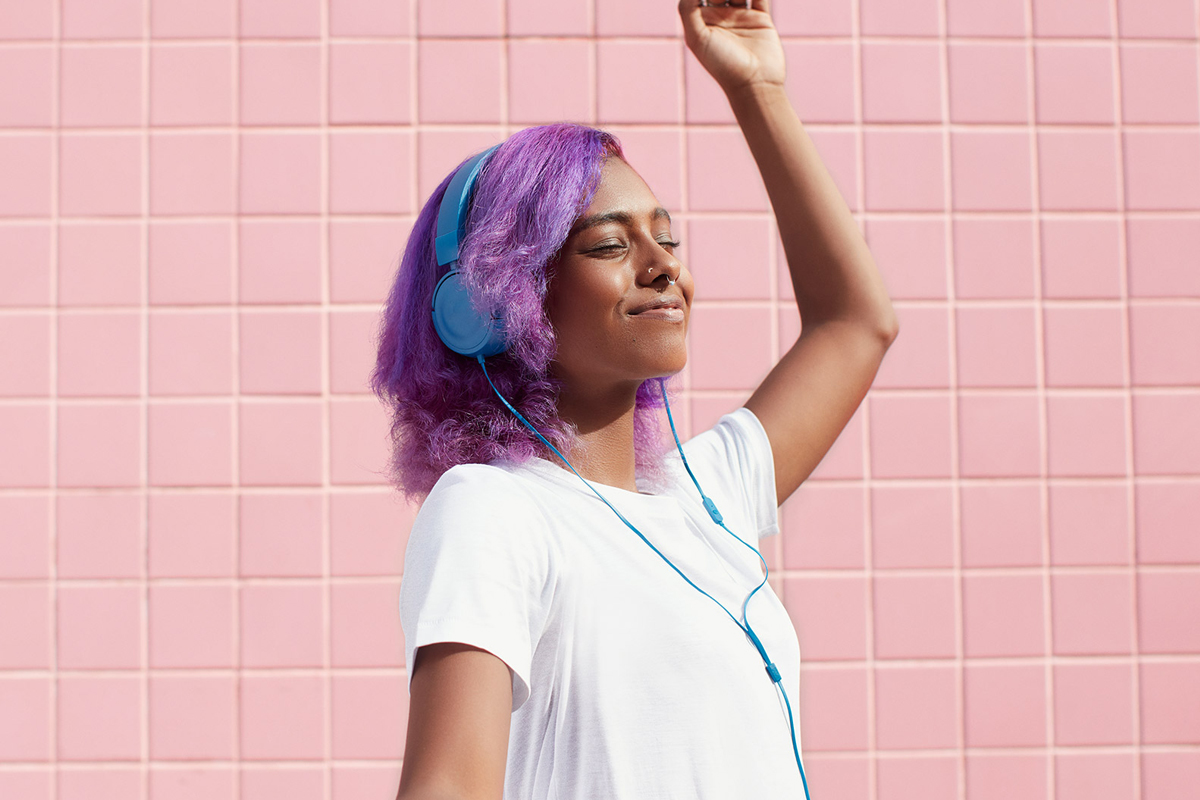
- Written by: Gordon Brockhouse
Was 2021 the year that lossless and hi-rez music streaming became mainstream? Last year, Spotify promised it would start delivering lossless music, but failed to deliver. Three months later, Apple announced plans to offer lossless and hi-rez content, and started delivering shortly thereafter. Amazon Music HD had been offering lossless and hi-rez music since 2019; but following Apple’s move, Amazon reduced its price for the service. These aggressive moves by major providers like Apple and Amazon led several smaller streaming services to revamp their own pricing plans in 2021.
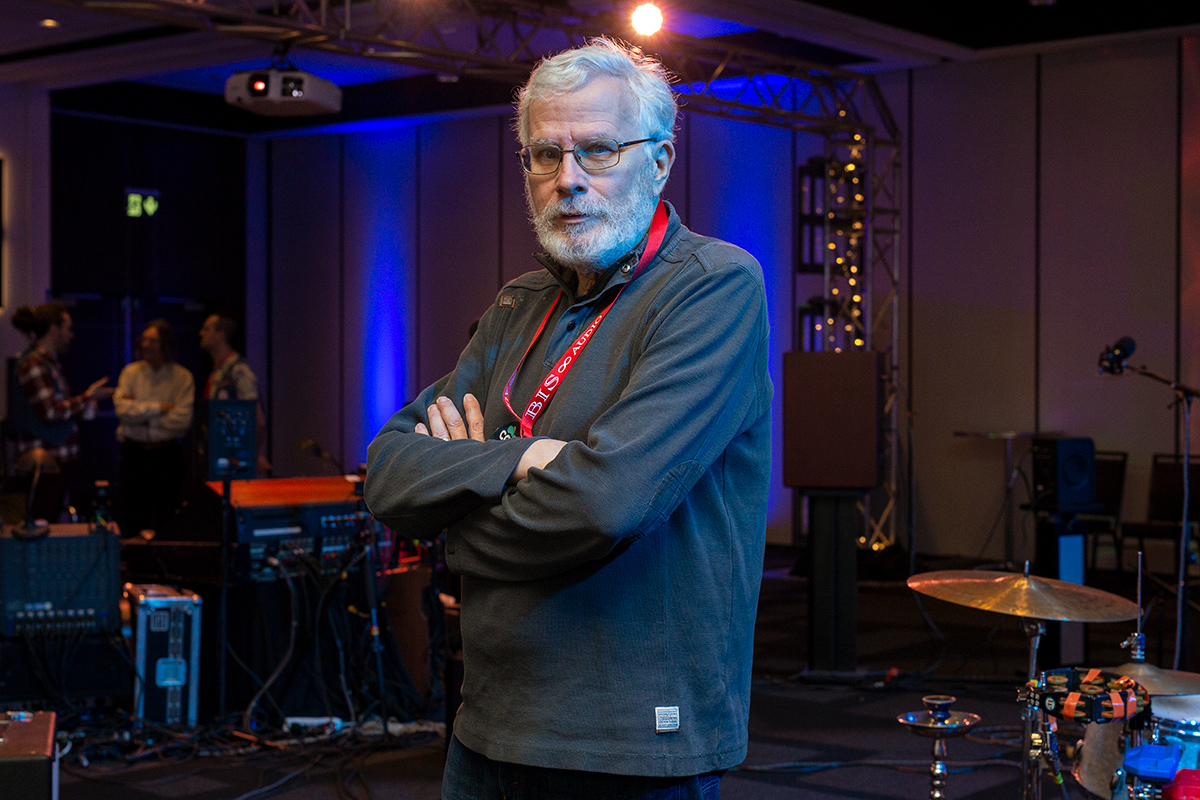
- Written by: Gordon Brockhouse
Today is Simplifi’s birthday. Five years ago, on New Year’s Day 2017, the SoundStage! Network launched a site dedicated to “convenient, lifestyle-oriented hi-fi” with a short feature by Al Griffin, entitled “Why Simplifi.”

- Written by: Gordon Brockhouse
Most audiophiles know Canada’s Lenbrook Industries for its three audio brands: PSB Speakers, NAD Electronics, and Bluesound multi-room streaming products. Fewer people know Lenbrook as a software developer. But the fact is that Lenbrook’s BluOS software platform is a key component of many of its products—not just the Bluesound multi-room components for which BluOS was originally created, but also NAD integrated amplifiers, preamplifiers, AV receivers, and a multi-zone streamer targeted at the custom-integration (CI) market.
Read more: The Evolution of BluOS: An Interview with Lenbrook's Andrew Haines
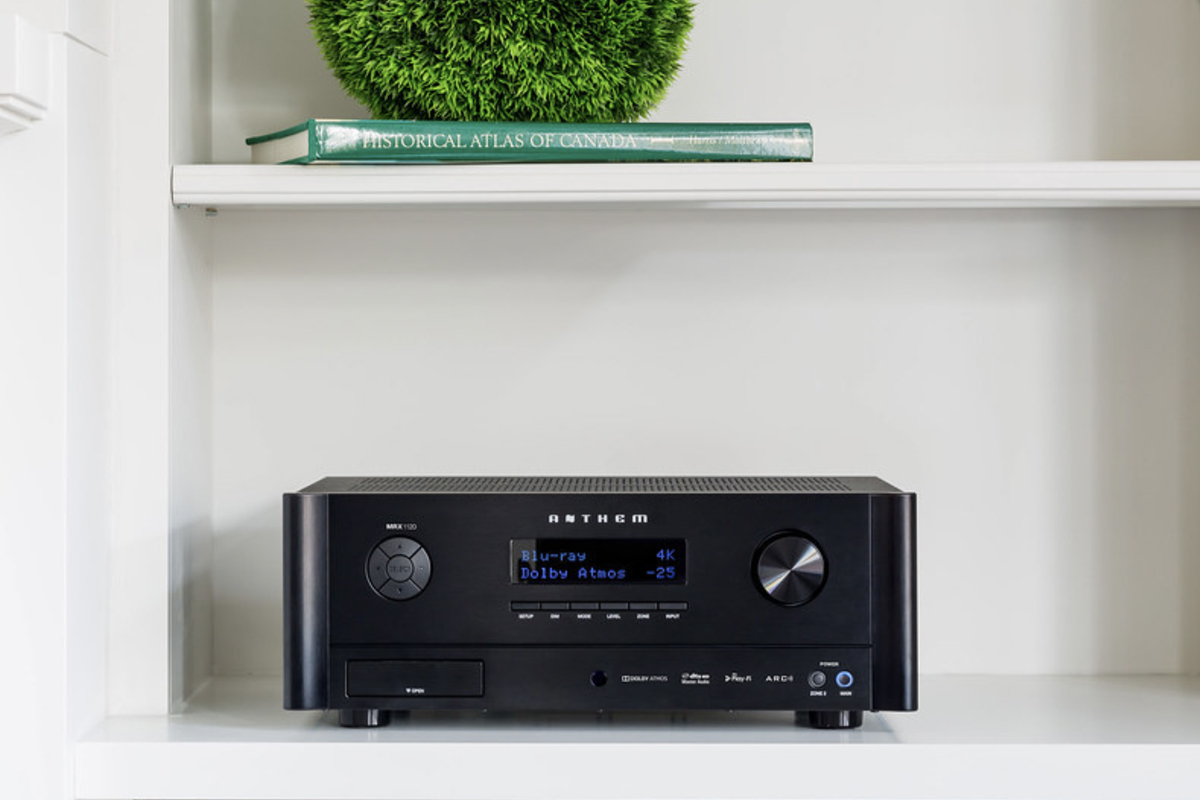
- Written by: Vince Hanada
On May 28, 2020, Tidal announced that it was rolling out Dolby Atmos Music for home-theater systems. Nearly a full year later, on May 17, 2021, Apple Music announced that, along with lossless audio, its catalog would support spatial audio, which also uses Dolby Atmos. For Tidal, Dolby Atmos Music is included in the higher-tier HiFi subscription at $19.99 (all prices in USD) per month for a single subscription ($29.99 for up to five additional family members). For Apple Music, spatial audio and lossless audio are included in the $9.99 plan ($14.99 per month for up to five additional family members). For most audiophiles, the biggest draw would be lossless audio—the company was joining niche providers such as Tidal and Qobuz, but Apple’s pervasive influence brings it to a much wider audience.

- Written by: Gordon Brockhouse
You might think that a guy who earns his living by writing about technology would want to have the latest and greatest of everything. Not yours truly. When I make a purchase, I’ll spend what it takes to get a product that will meet my needs for a long time—but then I’ll make that thing last and last. I’ll replace a product only if it stops working properly and can’t be repaired economically; or if my circumstances change and the thing no longer suits my needs.

- Written by: Gordon Brockhouse
In his July 1 editorial, “Rich Guys and Reviewers Running Amok in Hi-Fi,” SoundStage! Network founder and publisher Doug Schneider discussed the amount of exorbitantly priced hi-fi products available today, and the fact that their performance often does not justify their crazy price tags. And he cited academic studies showing that consumers often mistakenly equate price with quality.
- Encore! Encore! An Interview with Patricia Barber, Jim Anderson, and Ulrike Schwarz
- The New Apple Music
- Moving Forward with Formation: An Interview with Andy Kerr of Bowers & Wilkins
- Glory Days
- Spotify Goes Lossless
- In Defense of Streaming
- Tinkering Simplifi'd
- Simplifi Defined
- Going Deep with Artison
- A Simplifi Yearbook
- A Perfect Pair
- The Critical Component
- Has the Time Come for Surround Music?
- My Top Ten Products of the Last Two Years
- Turning Pro
- All About That Bass
- Gently Down the Stream
- Big Events
- Rules of the Game
- The Name Game
- January 1, 2020: The State of Streaming
- Warsaw’s Audio Video Show 2019, Simplifi’d
- Toronto Audiofest 2019, Simplifi'd
- Hi-Rez à-Go-Go
- Streaming the Classics
- Play Nice Together -- An Interview with Rob Darling of Roon Labs
- Active Voices, Part Three: KEF's Jack Oclee-Brown
- High End 2019, Simplifi'd
- Active Voices, Part Two: Axiom Audio's Andrew Welker
- Montréal Audio Fest Simplifi'd
- Active Voices, Part One: Elac's Andrew Jones
- Let's Keep it Simple
- A Roon of One's Own
- How I Simplifi'd My Wi-Fi
- Are Downloads Dead?
- Hi-Rez Streaming: Tidal vs. Qobuz
- Toronto Audiofest 2018 Simplifi'd
- How I Simplifi'd My Hi-Fi
- Time to Celebrate: Five Years of Google Chromecast
- How Good Can Voice Recognition Get?
- Are Smart Speakers Any Good for Audiophiles?
- High End 2018, Simplifi'd
- Is the Smart Speaker a Dumb Idea?
- What's Up with Apple AirPlay 2?
- The Spotify Dilemma
- CES 2018, Simplifi’d
- Farewell, CES
- Room Tunes
- Social Streaming
- CEDIA 2017, Simplifi’d
- Classical Prime Time
- The Röst Reconsidered
- High End 2017, Simplifi'd
- Vinyl: There's an App for That
- Metadata: Life with Roon
- The Internet and Audio: The Good, the Bad, and the Impossible
- The State of Streaming
- CES 2017, Simplifi'd
- Why "Simplifi"
SoundStage! Simplifi is part of
All contents available on this website are copyrighted by SoundStage!® and Schneider Publishing Inc., unless otherwise noted. All rights reserved.
This site was designed by RocketTheme, Karen Fanas, and The SoundStage! Network.
To contact us, please e-mail info@soundstagenetwork.com





